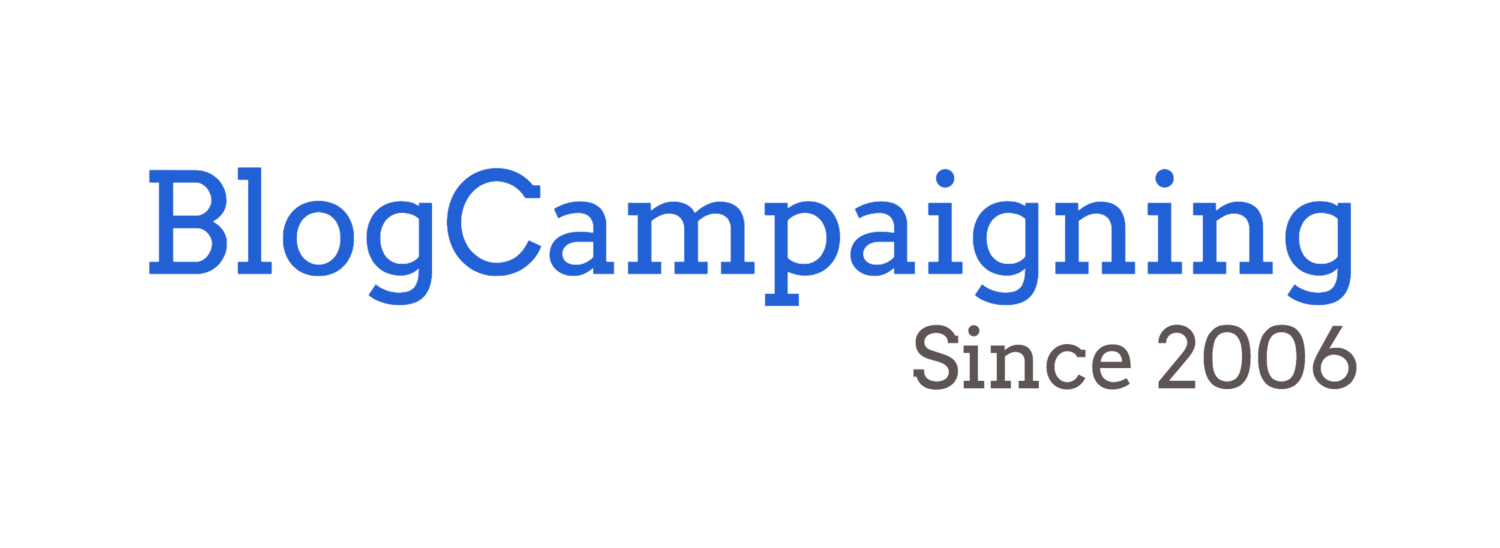I’ve spent the latter half of my career working extensively with colleagues, teams and clients across the country or around the world. Recently, it’s mostly just been myself working from Vancouver with a team based in Toronto. In other positions, I’ve worked on everything from projects with multiple teams (clients, developers, designers, sales) around the world to situations where I was part of a team collaborating with a single remote worker.
Below are a few lessons I’ve learned along the way. Some of these might be basic project management skills (and thus the responsibility of a Project Manager or Producer to know and manage), but they’re applicable to anyone working remotely or with clients/team members in a different city. Not all are applicable to every project.
Roles, Responsibilities and Resources.
At the start of the project, ensure that everyone is clear on their roles and responsibilities, including what they are expected to deliver and how. While this might not be known at the very first kick-off meeting or project, work to quickly establish it and send out a message that outlines these roles. For larger projects, or ones with two teams working together, establish a Single Point Of Contact for each team. The SPOC will be the person through which information flows and will be responsible for scheduling and keeping their team up to date.
At the same time, establish which tools or resources will be used for the project, and how they should be used. For example:
- Dictate that Google Docs should be used, and develop guidelines for naming conventions or the process by which feedback should be given (assigning issues, or via email?)
- Provide a framework for the way the team should use another file-sharing/collaboration tool such as BaseCamp
- Designate key people who have the authority to provide final approvals on key pieces of work or;
- Provide a document that defines how the team should use Slack (use of file sharing, when to use versus email)
Operating Rhythm
As soon as possible, establish an Operating Rhythm. This will vary immensely depending on the project requirements, timelines and team members, but setting a regular schedule will help the team and project stay on track. Regular check-ins will also ensure that team members have a forum to ask questions or otherwise voice concerns that might be left to linger or which can cause problems down the road.
In a regular office environment, it’s easier to see when colleagues are busy/overwhelmed, or when they have capacity. When working remotely, this is often difficult to see but an established operating rhythm can identify these issues.
Some examples:
- While working on a Social Listening/Digital Research project for a recent client, I had a call with them every Thursday over the course of a month to highlight the work I had done, and for them to provide feedback or course correction. It was also an opportunity for me to ask any questions/request additional information from them.
- While working to do a major rebuild on our local client’s site, we needed to coordinate closely with their team in Europe. Our two teams held weekly conference calls, but knew that 24 hours prior to the call, the client team would send out an agenda and identified which of our team members needed to be there, while we provided them with a list of questions we needed answered or wanted to discuss on the call.
- While working on the launch of an overseas project, we used timezones to our advantage: 6pm conference calls for us meant that we could provide our overseas counterparts with everything they needed to workout throughout our night (their day), and that they would then have questions/updates/etc ready for us when we woke up, which we would be able to work through during our day.
Presentation
Conversations are great, but at some point in the process one team is going to have to present to another. My recommendation is to use a tool called Join.me - of all the screen-sharing pieces of technology, it’s the easiest and most reliable to use. The presenter just has to download the free tool, while on the other end the team viewing the presentation only has to go to the join.me website and enter a code provided by the presenter. I strongly recommend ensuring that the presenter maintains control over what is on screen using screen-sharing tools like this, rather than the "Okay, we're on page six of the PDF - is everyone on that page?" type of calls we've all been on.
Other tips:
- Use the audio from phones, rather than a laptop (it often comes across broken-up/distorted).
- Ensure that the presenters/primary speakers use a headset. The sound is often better than speakerphone, and ensures they are a consistent distance from the microphone)
- Send all presentation documents in PDF after the call.
Personal Connection
As much as everything can be done electronically via email, shared documents, instant (and non-instant) messages, a personal connection can. Whenever possible, try and make time to meet your counterparts in different areas of the world. For larger projects, the cost of travel for an in-person kick-off meeting will be offset by the bonds and relations formed during these connections, and the way that this facilitates the project going forward.
What am I missing here? What else would you add to these list of recommendations?

